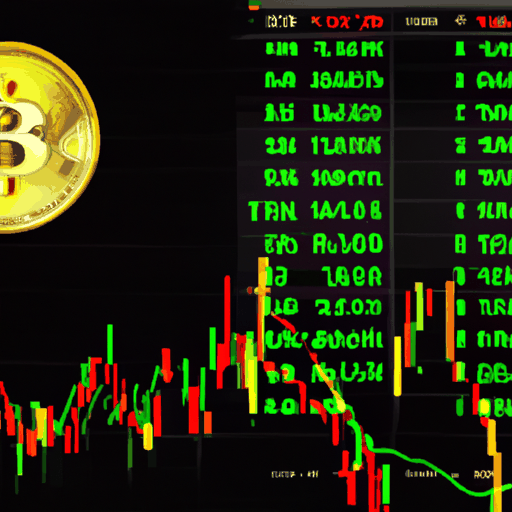
Emerging Wave of Stablecoin Initiatives: PayPal, Plasma, and Polkadot's New Strategies
By: Isha Das
In a significant move aimed at reshaping the stablecoin sector, major industry players like PayPal, Bitfinex-backed Plasma, and Polkadot's Hydration protocol have announced new projects designed to enhance the role of dollar-pegged assets in global finance. These initiatives, unveiled recently, come as stablecoins compete to capture a slice of the estimated $280 billion market.
PayPal's Strategic Expansion
Financial services giant PayPal is actively expanding its footprint in the digital payments ecosystem. Through its venture capital arm, PayPal has made a strategic investment in Stable, a blockchain backed by Bitfinex. This investment aims to extend its stablecoin, PYUSD, across the Stablechain, facilitating permissionless peer-to-peer transfers and merchant payments. Utilizing LayerZero interoperability will make PYUSD accessible across different networks, reflecting PayPal's strategy to leverage its payments expertise in the digital currency realm.
Plasma's Innovative Approach
Plasma is making waves at the consumer level with its new neobank, Plasma One, aimed at easing the transactional hurdles faced by stablecoin users. The platform aims to simplify saving, spending, and earning in dollars, prioritizing regions with limited access to the US dollar. This initiative highlights the increasing role of stablecoins in financial inclusion, offering crypto-native solutions where traditional methods may fall short.
Polkadot's Focused DeFi Strategy
Meanwhile, Polkadot's Hydration protocol targets the DeFi community with its overcollateralized stablecoin, HOLLAR. Backed by leading cryptocurrencies like DOT, ETH, and BTC, HOLLAR aims to maintain stability through a sophisticated design that includes a Stability Module, yield generation features, and partial liquidation mechanisms. Jakub Gregus, the founder of Hydration, emphasized the need for robust and reliable DeFi solutions without relying on centralized systems.
Regulatory Landscape
These developments occur amid ongoing discussions in the US around regulatory frameworks for stablecoins. The Guiding and Establishing National Innovation for US Stablecoins (GENIUS) Act tasks the Treasury Department with creating regulations to balance innovation with risks associated with financial stability and illicit activities. An Advance Notice of Proposed Rulemaking (ANPRM) has recently been issued, inviting inputs from various stakeholders, indicating Washington's commitment to developing tailored regulatory measures for the stablecoin industry.
Market analysts suggest that once these regulatory frameworks are finalized, the stablecoin market could experience rapid expansion, potentially reaching beyond $2 trillion. As a result, it's anticipated that success in the stablecoin arena will hinge not just on technological advancements but on the ability to swiftly navigate evolving regulations.



